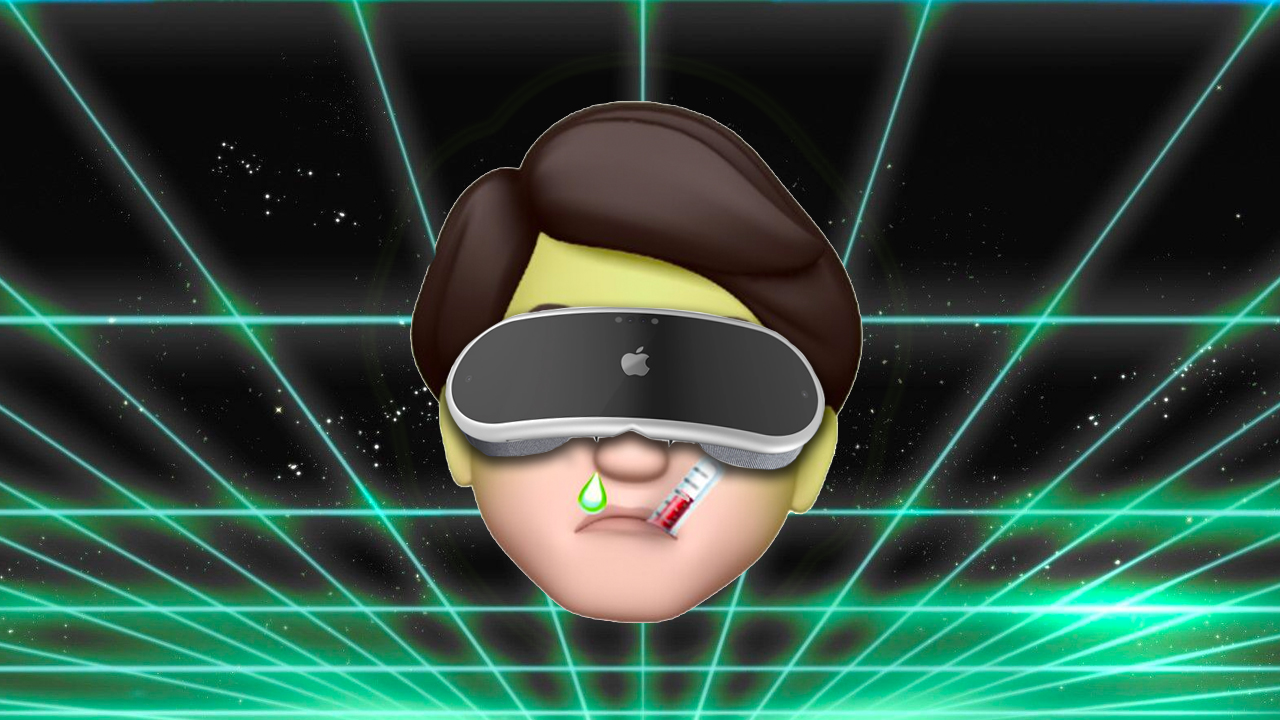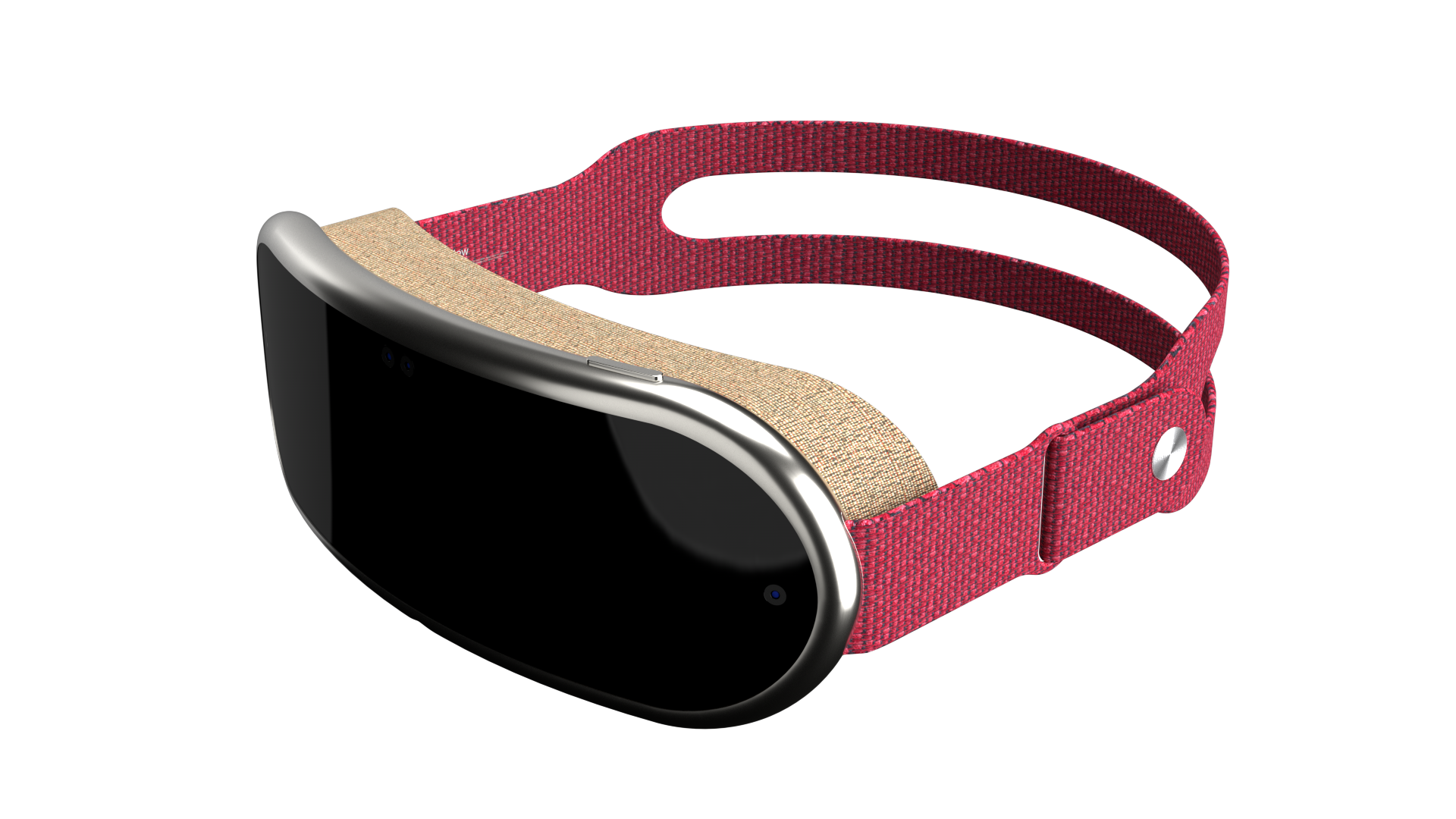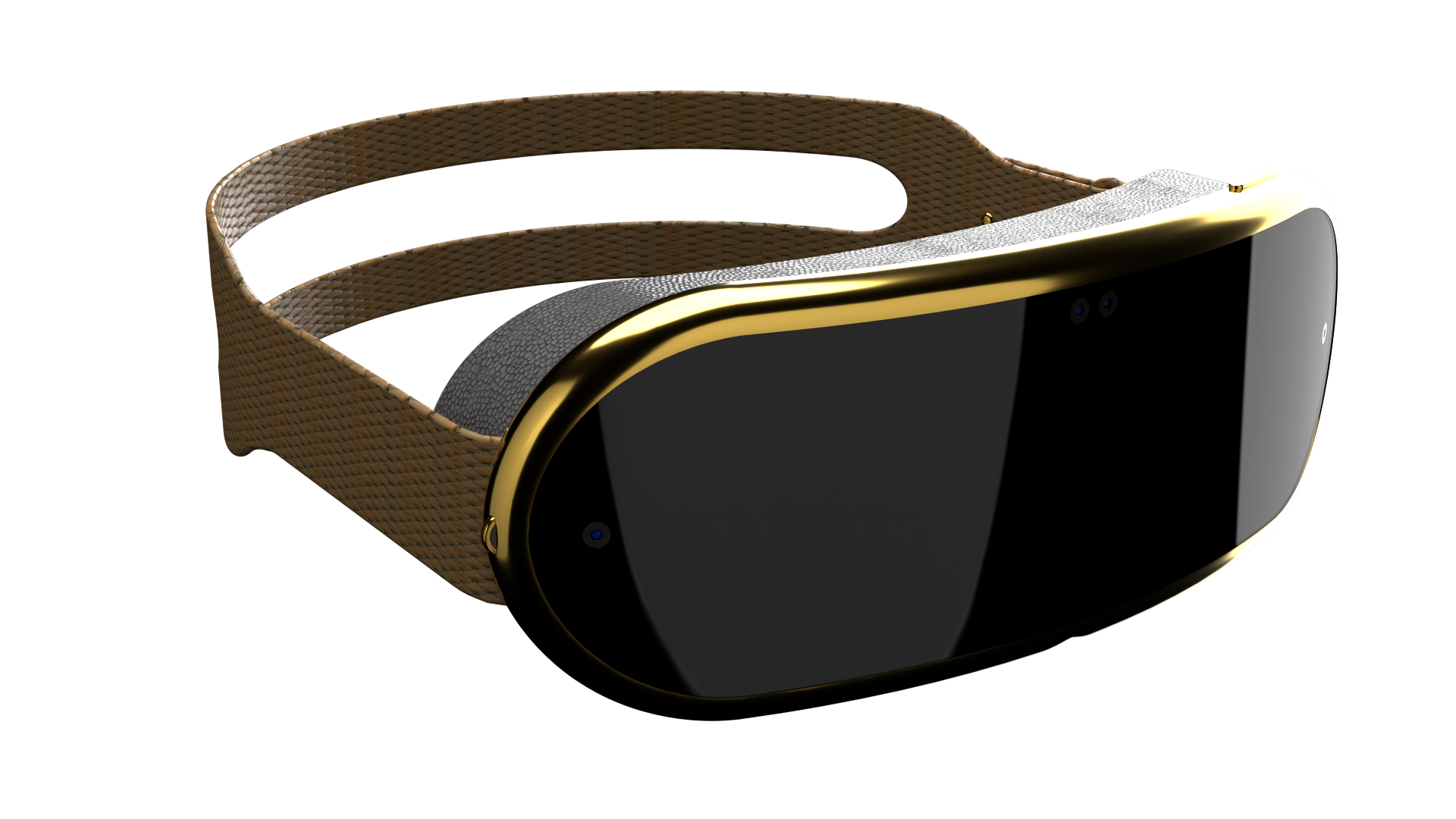
We’ve heard so much about Apple’s VR headset ahead of its alleged WWDC 2023 reveal next month that it almost feels as if we’ve already seen it.
We can expect the most-premium VR hardware ever conceived, purportedly packing dual-8K displays, a Digital Crown for rolling between augmented and virtual reality modes, MacBook Pro-worthy Apple silicon chips and a whole new xrOS operating system that will bring versions of macOS and iOS apps into VR. It’ll be expensive, but it’s likely also going to be wrapped in the glitz and glamor that, in the world of technology, only Apple can conjure.
But there’s one ever-looming problem with VR that, so far, we’ve heard no mention of, and no rumor of a solution to.
And that’s VR motion sickness.
It’s the kind of problem that could turn would-be buyers of Apple’s Reality Pro VR headset off the device before they’ve even gone anywhere near it.
The motion sickness problem
Your real-world senses are trying to reconcile something that isn’t happening, is almost hallucinatory in the way your view of the real world is cut off, and thus reacts like you’ve eaten something you shouldn’t have.
In a nutshell, if your brain thinks your body is moving, but your body is stationary, you’re going to experience motion sickness. The same goes for if your body is moving, but that movement doesn’t match what your eyes are seeing. You’ll get hot and sweaty, a bit headachey. You’ll feel bad stuff rising in your throat. It’s uncomfortable, and not always avoidable.
If you want a technical description, motion sickness is a reaction, according to Eiji Sakata, Kyoko Ohtsu, and Hideaki Sakuta in the International Tinnitus Journal [PDF], to “… both inner-ear stimulation by body movement, especially a Coriolis-type stimulus, and optokinetic stimulation due to the shift of the surrounding visual fields.”
The problem with lots of VR applications is that the disconnect between what the eye sees, the brain processes and the body feels is almost always present. You’re never really driving that VR sports car, feeling the G-forces push you back in the seat. You’re never really flying that plane, or climbing that mountain, or strolling along that martian beach. Your real-world senses are trying to reconcile something that isn’t happening, is almost hallucinatory in the way your view of the real world is cut off, and thus reacts like you’ve eaten something you shouldn’t have.

Even with VR experiences where you’re fixed in place you run the risk of starting to feel VR motion sickness — every time you move your head in virtual reality, the headset’s processor races to refresh the image on screen to match your movement, and even the fastest chips and highest refresh rate displays are going to introduce a tiny degree of lag that wouldn’t be present in the real world. It may be imperceptible to the naked eye, but your brain is a surprisingly fickle, sensitive beast. It’ll know the difference, and nausea will eventually kick in.
Now, it’s not something that everyone will experience, and those that do suffer from VR motion sickness experience it to different degrees. Thankfully too it’s not something with a lasting effect — but it can certainly ruin the rest of your day.
I’ve been using VR headsets ever since the first Oculus Rift was introduced — I love them, but I’m not immune to this queasy sensation. On a scale of 1 to 10, I’d say I’m dead in the middle when it comes to susceptibility to the VR wobbles. I’ve known fellow, doomed tech journalists, veterans of having to try cutting edge gadgetry, have to suffer through reviewing VR headsets that made them sick five minutes after turning them on. It’s a real problem, a barrier to VR entry for some, and a total deal breaker for others. And it’s a problem that no virtual reality development team, be they at Meta, Sony or elsewhere, has definitively managed to fix so far.
So-so solutions
There are many things one can do to alleviate the symptoms of VR-induced motion sickness. But the effectiveness of these cures and techniques varies person-by-person, and often feel like little more than word-of-mouth fixes and elixirs — if not outright snake oil.
Over time a person can build up a resistance to VR motion sickness, but depending on your susceptibility to it, it can be a long process.
You could start with anti-nausea medication like Dramamine — the same sort of tablets you’d take for car sickness, though ginger and ginger root are anecdotally similarly effective. I’ve had some unexpected success with VR wristbands, similar to this Nyko product, after some initial scepticism. You have to find the exact right spot to place them but, equipped with an acupressure bead that stimulates a key pressure point on the inside of your wrist, they did appear to help counteract motion sick feelings. Can I say with certainty that it’s more than a placebo effect? No, but I’ll take it either way.
The quality of the VR experience can be important too. Higher resolution screens, running at higher, smoother refresh rates, with minimal input lag, improve the way your brain processes VR visuals. The closer to reality, the easier a time your brain has. If Apple’s headset is as immersive in its hardware as early reports claim, this could be a big help.

Experiences where you physically move around the real-world to make your VR avatar move in the virtual one, so-called ‘room-scale’ VR experiences, are also less likely to cause motion sickness than ones where you are static while the world moves around you — say, moving a character through a first person view with a joystick, or driving a spaceship from its VR cockpit. But these have real-world limitations, where the amount of real-world room someone has to enjoy VR experiences in undisturbed becomes a factor.
The best method however, is simply patience and perseverance. Over time a person can build up a resistance to VR motion sickness, but depending on your susceptibility to it, it can be a long process — weeks of trying VR for five minutes a day, then ten, and so on. It’s hardly the most immersive introduction to virtual reality (nor one you’d want after dropping upwards of $3,000 on a headset), and anyone who braves trying to push through VR sickness will meet with a sticky end. As soon as the nausea starts to rise, you really do have to stop using a headset immediately, or face hours of feeling rather delicate afterwards.
Somewhat ironically, Apple is no stranger to the concept of motion sickness, and has even considered using VR to combat it. As Apple chips slowly away at its ever-challenging ‘Project Titan’ Apple Car driverless vehicle project, it recognised the propensity for motion sickness to increase in passengers of autonomous vehicles. Passive transport, when chauffeured by a robot driver, seems to dial up the disconnect between locomotion and visual processing in the brain. Apple’s patented solution was to use VR screens to counteract that disconnect.

And so there’s some hope — if Apple thinks it's found a VR-based solution for tackling motion sickness in the real world, you’d think it’s a safe bet that it’s thought of something similar for those ‘in-VR’ moments, too. But when you’re dealing with the infinite physiological differences of humans, that’s no mean feat, as the likes of Meta, Sony and Valve have all struggled with.
True innovation
There’s a line in the film Jurassic Park where Jeff Goldblum’s character Dr Ian Malcolm compares Disneyland’s animatronic attractions to Richard Attenborough’s genetically-manufactured dinosaurs. “If The Pirates of the Caribbean breaks down, the pirates don't eat the tourists.”
It’s not quite a like-for-like comparison of course, but I can’t help but think about that line when discussing Apple’s VR ambitions. Apple has entered many new product categories over the years — but if an Apple Watch breaks down, the Watch doesn’t make the wearer sick. Virtual reality headsets have a tendency to do that, and even enthusiasts with years of experience wearing VR goggles can suffer from it.
It’s a lottery, a sliding scale of nausea, and one that will be an immovable barrier to entry with Apple VR for a not-insignificant portion of the potential user base. Apple finding a fix for the virtual reality motion sickness problem, should it have managed it, would perhaps be the most impressive innovation Reality Pro VR can bring to the table.







